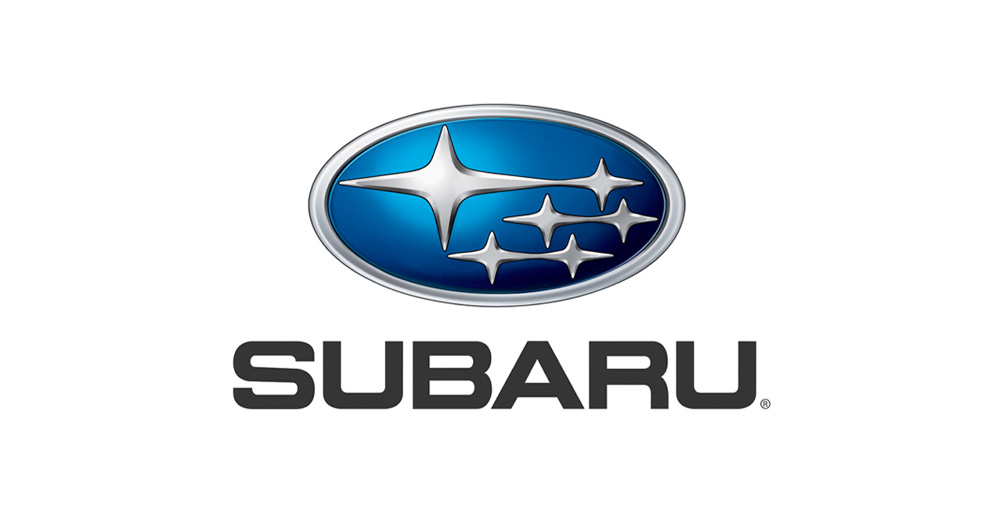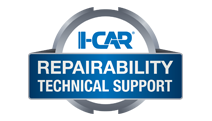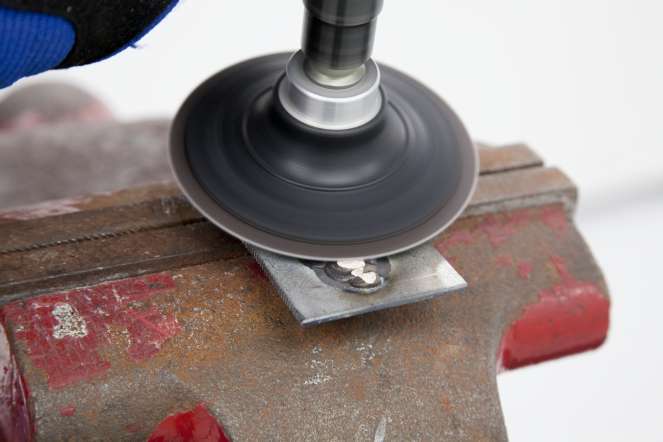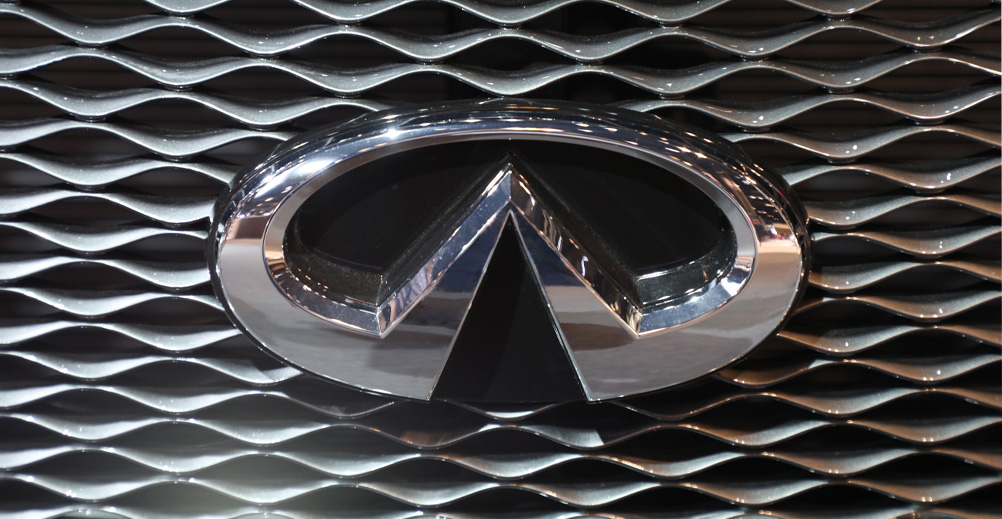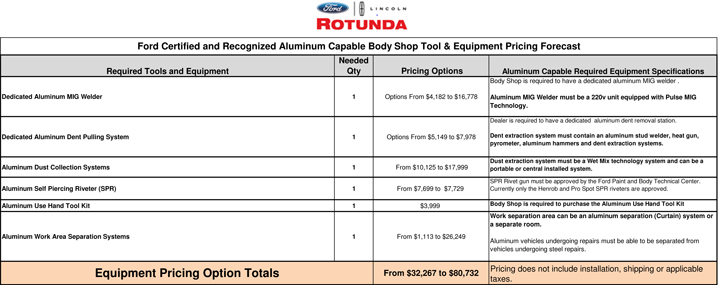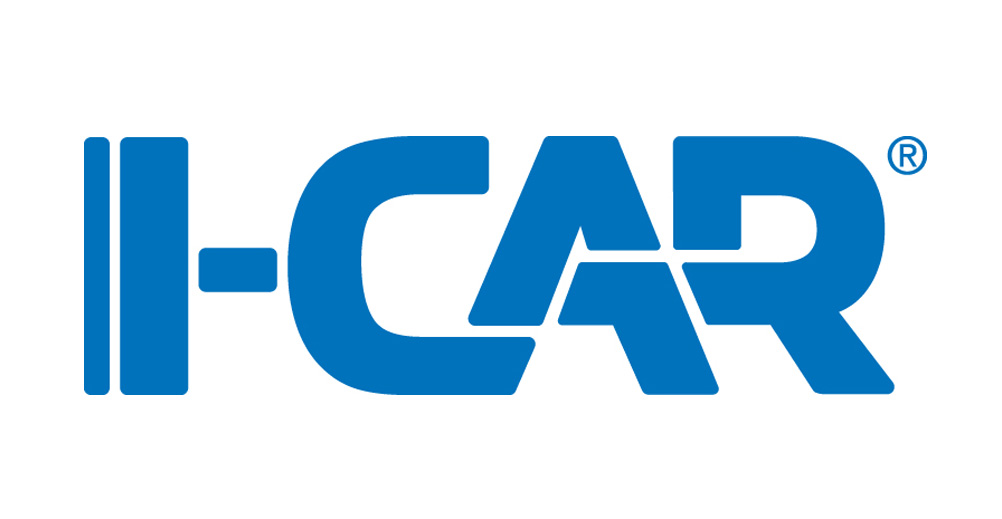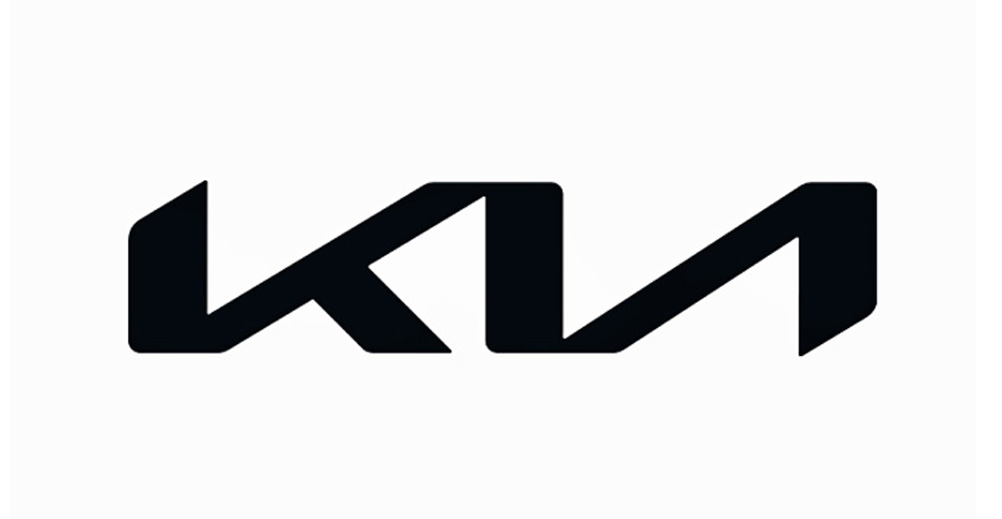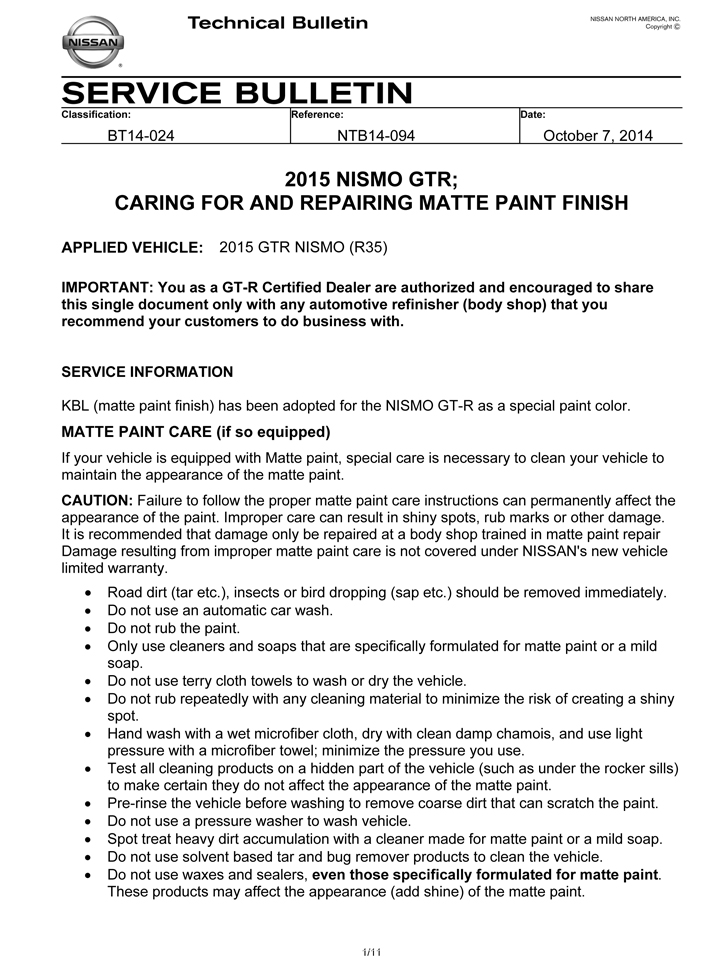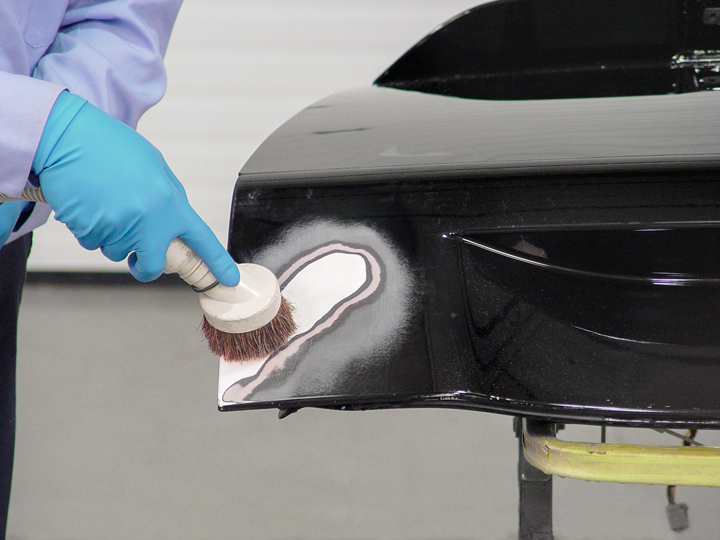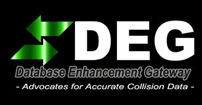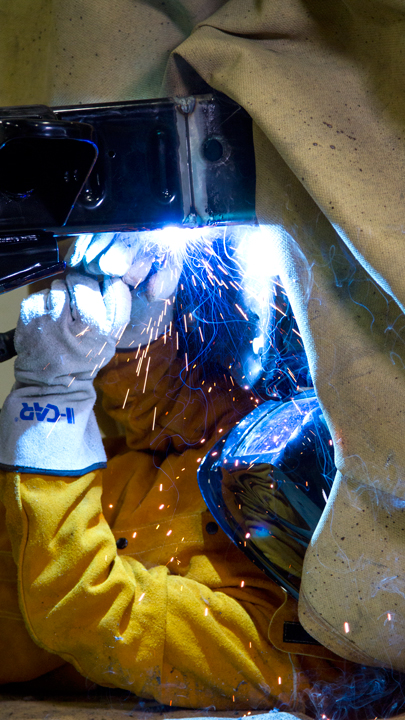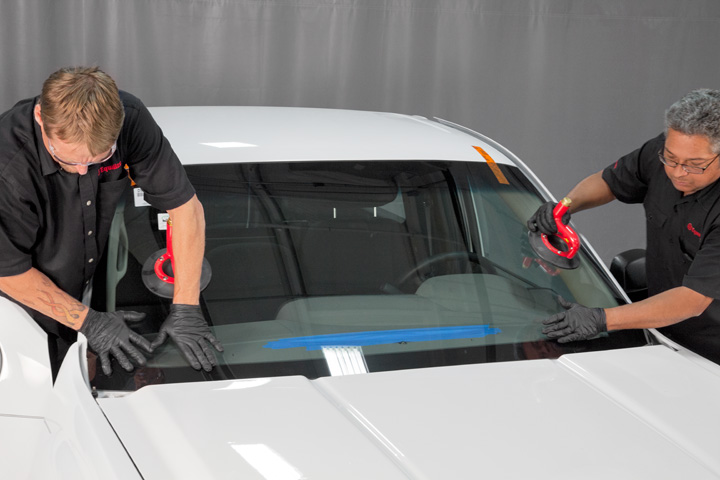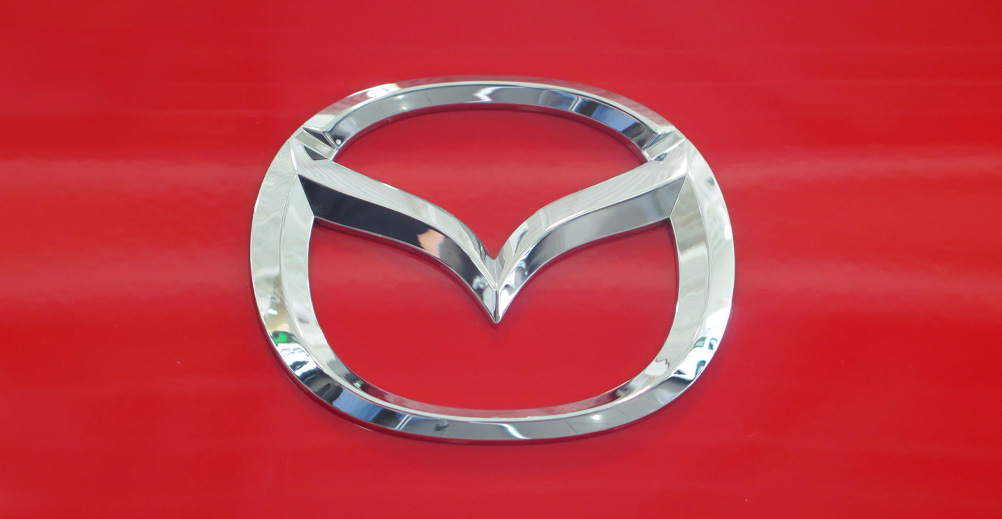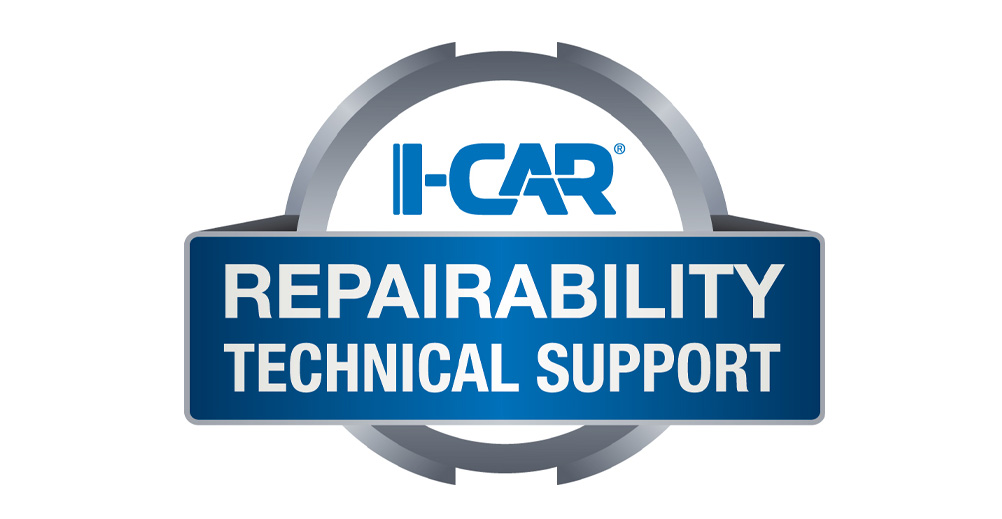-
Posted on 07 October 2014
Once people get used to calling something one thing, it's difficult to change it. To be technically accurate, whether it's MIG or MAG depends on the shielding gas.
When GMA (MIG) welding started its rise, it was often referred to simply as MIG welding. While this term is widely known, it's not technically accurate. MIG stands for "Metal Inert Gas" and is accurate when making welds using an inert shielding gas, such as 100% argon when welding aluminum. However, for most collision repairs on steel parts, we use a shielding gas that is 75% argon, 25% carbon dioxide (often called 75/25, or C-25). Because carbon dioxide is an active gas, the correct term would be metal active gas (MAG) welding.
Continue Reading...
